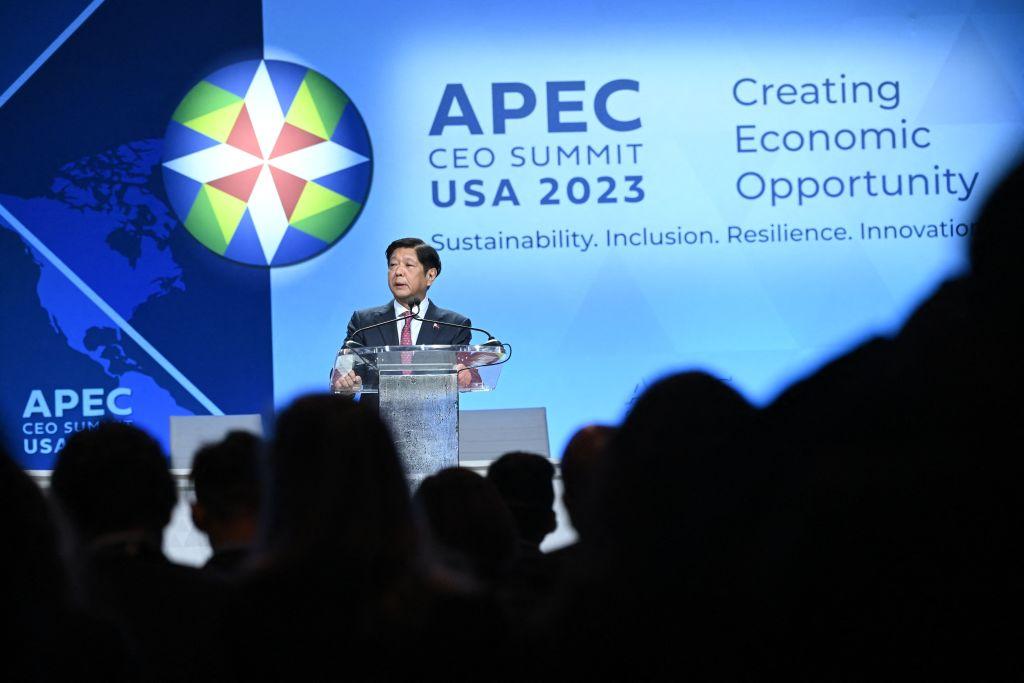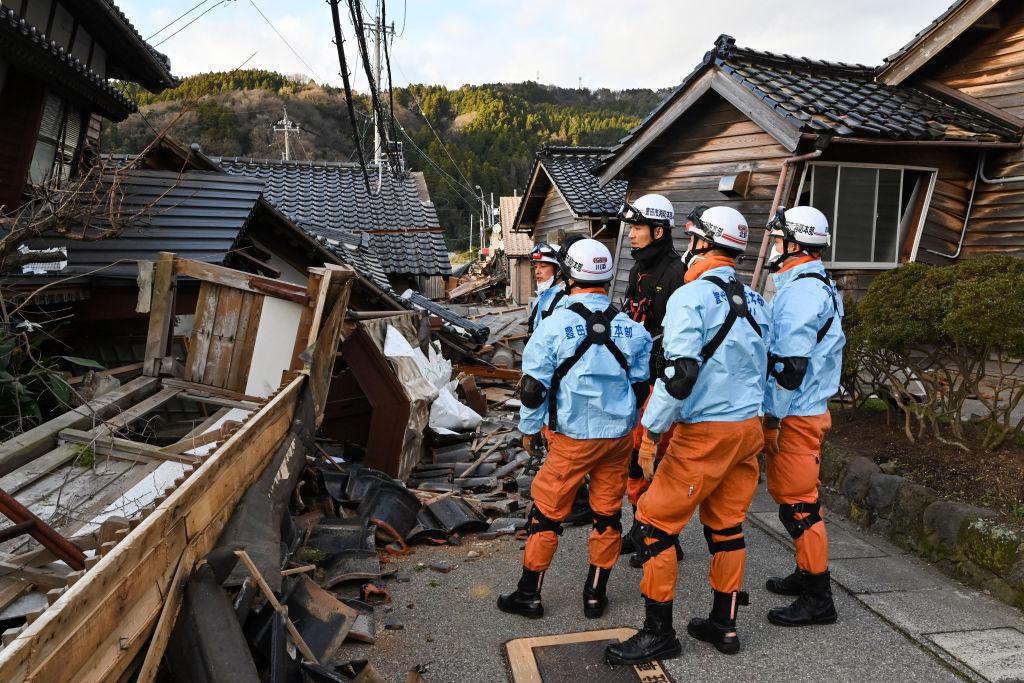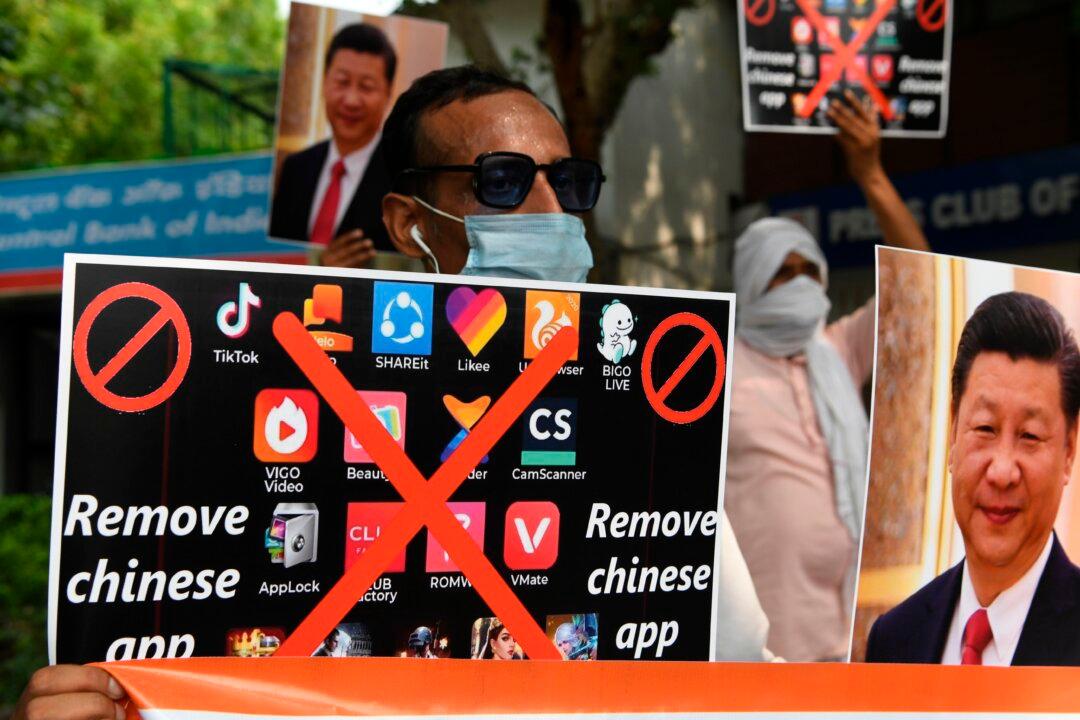Recent developments have marked a significant shift in the geopolitical landscape between China and the Philippines. Facing increasing pressure from the Chinese Communist Party (CCP), the Philippines is abandoning its traditionally passive approach. In a notable strategic pivot, it is now advocating for the creation of a “circle of friends” within Southeast Asia to collectively confront the CCP’s influence.
Concurrently, both the United States and Japan are intensifying their efforts to curb the CCP’s growing challenges to global stability. Japanese defense authorities have noted a rising probability of a “Philippines incident,” now deemed more likely than a “Taiwan incident.”





